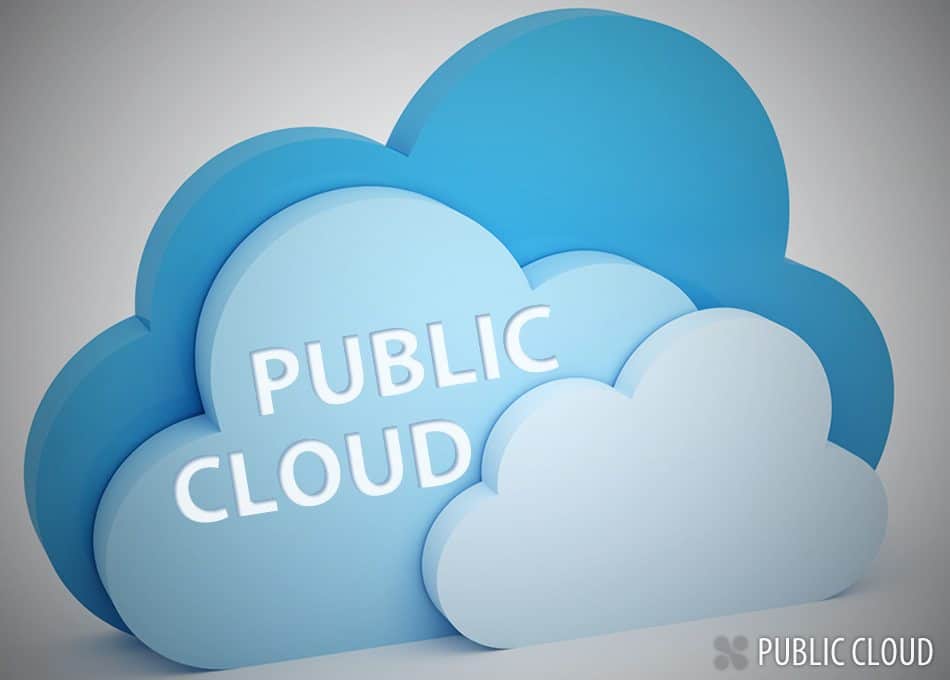1K
In a public cloud, various infrastructures are provided via the Internet. There are both free offers and paid subscriptions.
This is a public cloud
Translated, “public cloud” means “public cloud.” Databases, computing power, storage capacity or other services are provided to you over it.
- You can reach the public cloud via the “normal” public Internet. The advantage of public clouds is that you do not need to expand your own IT infrastructure. For example, if you run out of storage capacity, you can access a public cloud.
- There are free public clouds that are ad-supported and paid clouds. For these, you usually have to sign up for a subscription. Depending on the service provider, you can use a public cloud to put together the service you need according to your needs.
- This means you don’t have to invest in new hardware or software for your IT infrastructure. What’s more, the service can be expanded at any time. The services include infrastructure (IaaS), software (SaaS) as well as platforms (PaaS).
- Another advantage of public clouds is that you can access them from any device and from any location. All you need is an appropriate device and Internet access. This allows you to work very flexibly with the cloud. However, you should take appropriate protective measures to secure your data.
- A very common public cloud is Google One Drive. Here you can conveniently upload documents or images and have access from any device. This cloud is also commonly used by students working together on a project.

